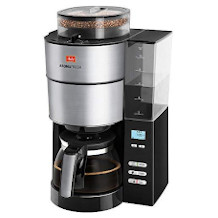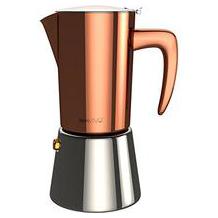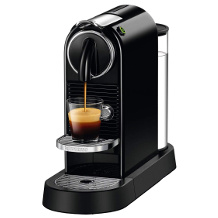Coffee grinder purchasing advice: how to choose the right product
- What You Need to Know
- In terms of taste, it makes a big difference whether you freshly grind whole coffee beans or use ready-made instant coffee.
- Freshly ground coffee has a pleasant aroma that is second to none.
- You can choose between classic grinders with a manual grinder and electric models.
- The material and quality of the grinder influence the result.
- The degree of grinding should be variable.
- The quality of the coffee beans also plays a decisive role.
Why grind your own coffee beans?
You like to drink coffee, but until now you have mainly bought your ground beans from the supermarket and wonder why experts recommend freshly grinding high-quality beans? Coffee contains about 800 aromas, twice as many as wine. German fragrant coffee lovers particularly appreciate chocolatey and nutty nuances. Grinding opens the cells of the beans and releases the aromatic substances. These substances dissolve during brewing and end up in the drink. However, when stored in the ground state, many of these highly volatile substances escape into the air. The aroma you smell when you open a fresh pack of coffee: These are aroma substances that will later be missing in the cup. If you grind the beans yourself immediately before brewing, on the other hand, almost no aroma is lost. So it’s better to save on the machine than on the grinder.
Why do beans retain their aroma longer?
Whole beans are not sensitive and are therefore well suited for storage. You get the best taste results if you gradually grind the beans fresh in the smallest possible portions and then turn them into the fresh, fragrant hot beverage. The smell alone, which is produced during grinding, makes it much easier for morning grouches to get up. If you store ground coffee for too long, oxygen and heat will cause the oils it contains to go rancid. The result is an undesirable, bitter taste.
Criteria when buying a coffee grinder
If you are interested in buying a coffee grinder, but some questions are unclear and you might want to consider other points in your search, you will find what you are looking for in our following buying guide chapter. Among other things, it deals with the question of whether a manual coffee grinder is preferable to an electric version. We also look at the size of the bean hopper and the advantages of different grinder types and materials.
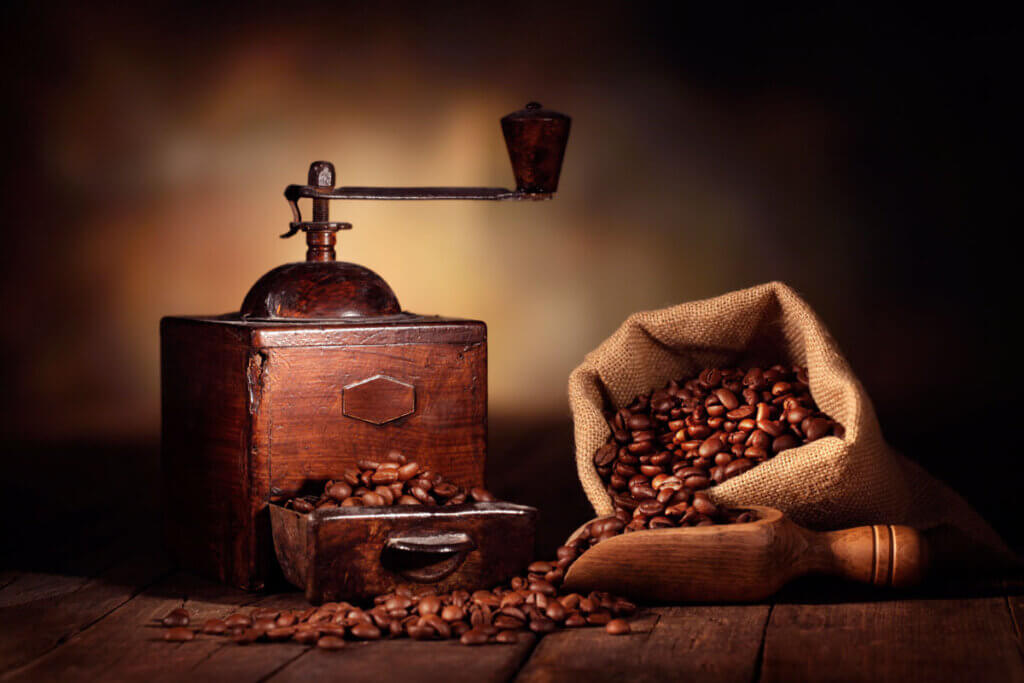
Hand coffee grinders: the classics
For those who like things nostalgic, a hand coffee grinder is recommended. You grind the beans with circular movements of the crank and get fresh coffee grounds that fall into a collecting tray. From retro models that are modelled on the earlier, handcrafted grinders to modern variants made of stainless steel, some with glass elements that provide a view of the beans or the ground coffee – there is something for every taste in the large selection.
However, exact portioning is not so easy with hand coffee grinders – users can fall back on counting the number of rotations – and many find cranking tedious. An alternative is to weigh the beans and grind them completely: Compared to electric versions, hardly any residue remains in the grinder because there are fewer dead spaces.
Hand mills almost exclusively use cone grinders. Cranking does not generate such high temperatures as with the electric versions. This means that the coffee is ground gently and the aromatic substances are fully preserved. In addition, hand grinders hardly make any noise, unlike the electric versions.
If you want to make more than one or two cups of coffee, grinding by hand is laborious and impractical. On the other hand, the grinders are often compact, do not require electricity, are usually small in size and are therefore also suitable for use on the move, for example when camping.
Hand coffee grinders are also suitable for beginners who want to gain their first experience in grinding coffee. When using these grinders, they learn what is important when grinding coffee. However, the advantages also lead to many “old hands” becoming enthusiastic about using them.
Pro points
- Low purchase price
- No electricity needed
- Low temperatures preserve coffee aromas
- Quiet operation
- Small size
Drawbacks
- Muscle power required
- Accurate portioning problematic
- Unsuitable for larger quantities of coffee
Electric coffee grinders: the versatile ones
Electric grinders are more convenient: a touch of a button is all it takes for the appliance to transform the fine beans into fresh, fragrant coffee grounds. Most electric models also offer the option of selecting the amount of powder and the number of cups. You can also determine which grind you want, depending on the desired preparation method.
Using an electric coffee grinder is easy. No muscle power is required for turning or grinding. All you have to do is activate the process at the touch of a button and, if necessary, make settings for the quantity and degree of grind beforehand. The electric models differ mainly in their built-in grinder.
Pro points
- Less effort
- Also suitable for larger quantities of coffee
- Adjustable grind
Drawbacks
- Higher purchase price
- Electricity required
How big should the bean container be?
As a rule, models for home use have a bean container with a capacity of 180 to 350 grams. Occasionally, there are also models that can store more beans above the grinder. Since most fragrind lovers want to process the beans as fresh as possible, it does not make sense to store a larger quantity in the bean container. The same applies to the collection container on the underside, into which the finished ground coffee falls.
Choice of grinder
Grinders use different techniques to grind the coffee beans. Depending on the design, different coarse or fine grinding results are possible. Which grinder setting you should favour depends primarily on which caffeinated beverage you want to prepare. It depends above all on the quality of the grinder and how much the grind heats up and how homogeneously it is ground. The mechanical parts are usually made of steel or ceramic and are very durable.
A portafilter machine, for example, requires finely ground coffee. If you use coffee grounds that are too coarse, the water runs through too quickly. The result is a thin or sour-tasting drink. Coarsely ground coffee beans are ideal for a French press. If you use too fine a powder, the water absorbs too many bitter substances due to the long brewing time. The finished drink then tastes extremely strong.
Finely ground coffee offers more surface area to the water with which it is brewed and therefore develops its aromas more quickly than coarse powder. A fine grind is therefore particularly suitable for short preparation times, for example as an espresso in a portafilter machine. Coarse grinds, on the other hand, are more suitable for a long brewing time, for example in a French Press, also known as a sieve punch pot.
Disc grinder
Disc grinders are most commonly used in coffee grinders. One of the reasons for this is the comparatively low price. With these grinders, the beans are ground between two concave grinding discs placed one on top of the other. One of the discs is electrically driven by a motor. The other disc remains locked.
Due to the concave shape, the distance between the discs is greater on the inside than on the outside. As a result, the beans get between the discs on the inside, where they are broken up on the rough surface and conveyed further and further outwards. The grinding discs, which are closer together there, continuously grind the beans and ensure a finer grind. Since all the beans pass through this grinding path, you end up with a homogeneous result: coffee powder of the same size.
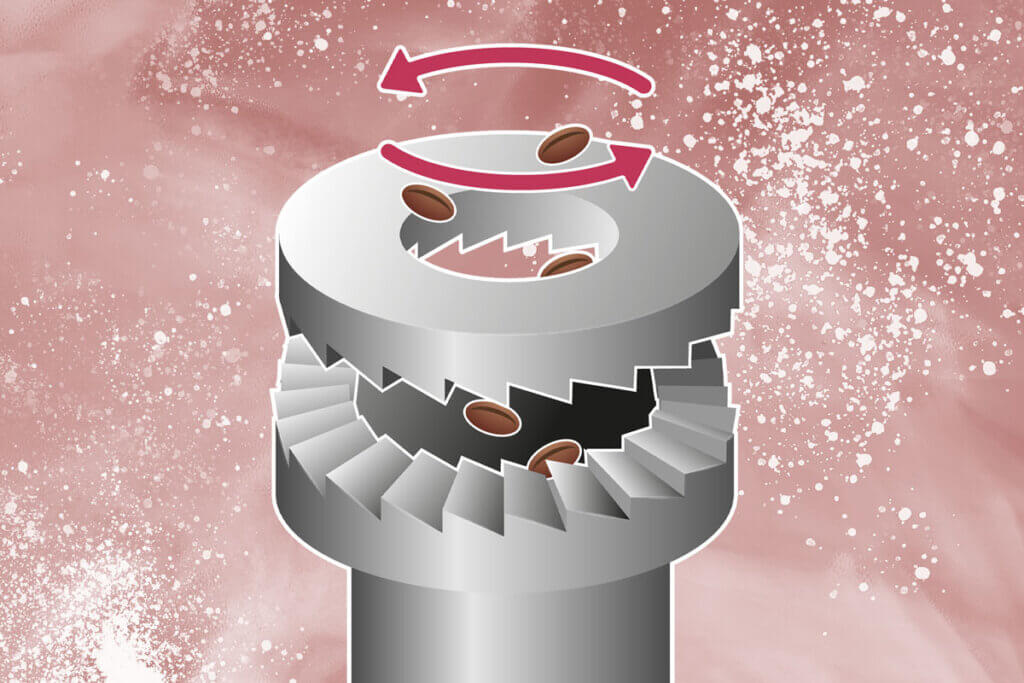
A disadvantage is the comparatively high rotational speed of about 1,300 revolutions per minute, which is necessary for the development of the centrifugal force. The resulting heat can alter the aromatic substances in the coffee and therefore lead to a loss of taste quality.
You can change the degree of grinding by adjusting the distance between the grinding discs. However, you do not have to do this manually, but make the adjustment via control knobs, wheels or a touch display. The machine carries out the change in the distance between the grinding discs accordingly.
Pro points
- Homogeneous size of the ground coffee
- Favourable purchase price
Drawbacks
- Impairment of aroma due to heat development possible
Cone grinder
Cone grinders consist of a serrated cone inside and an outer wall that is also serrated. The beans enter the grinder from above and are ground by rotating the cone between them and the serrated outer wall. As the distance between the serrations decreases towards the bottom, the coffee beans are chopped further and further as they slide downwards. The process is repeated until the lowest grinding stage has been passed.
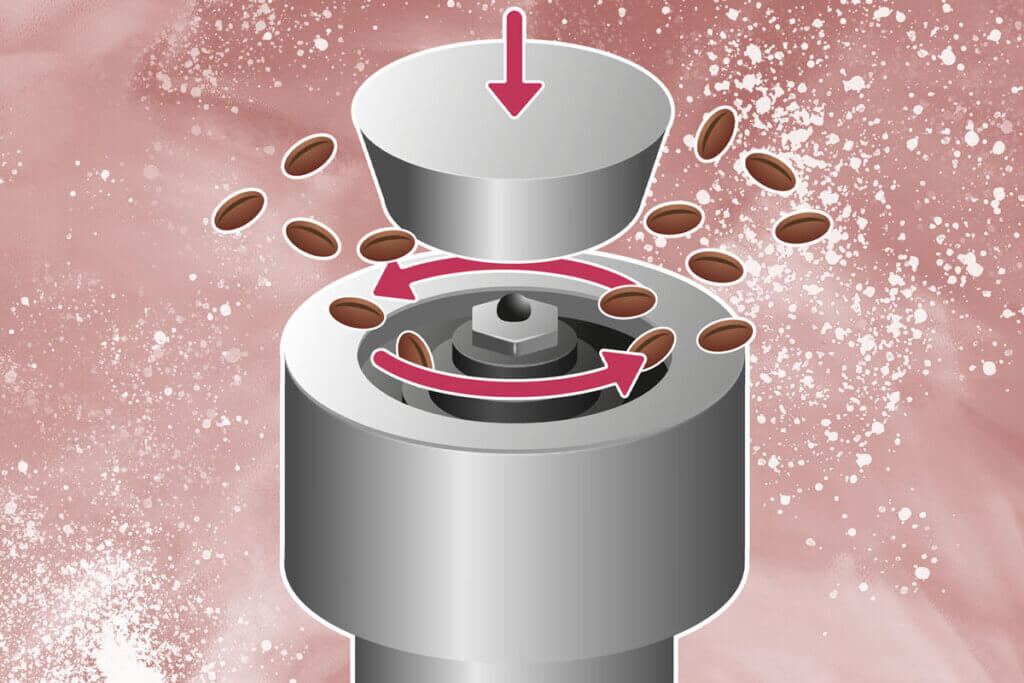
Using a cone grinder has two advantages for you: Because the beans pass through the narrowing grinder from top to bottom, all the beans are almost the same size after grinding. In addition, unlike disc grinders, it does not work with the help of centrifugal force. Therefore, lower speeds of about 400 revolutions per minute are possible, which generates less heat. This protects the ingredients and aromas and contributes to a finer coffee taste.
Pro points
- Homogeneous size of the ground coffee
- Gentle grinding due to low rotation speeds
Drawbacks
- Comparatively high purchase price
Impact grinder
The percussion grinder is, in a way, the version for beginners. It works quickly and coffee grinders with this technology are among the cheapest on the market. A rotating blade crushes the coffee beans. The technology is comparable to the way a stand mixer works.
The beans, or rather the bean curd, heat up quite a lot with this method. Another clear disadvantage of this technique is that some beans are hardly crushed at all, while others are already ground to a fine dust. This means that an uneven mass of ground coffee is formed, which has unfavourable properties when brewed over. This can lead to the finished hot beverage tasting unbalanced, for example too sour or too bitter.
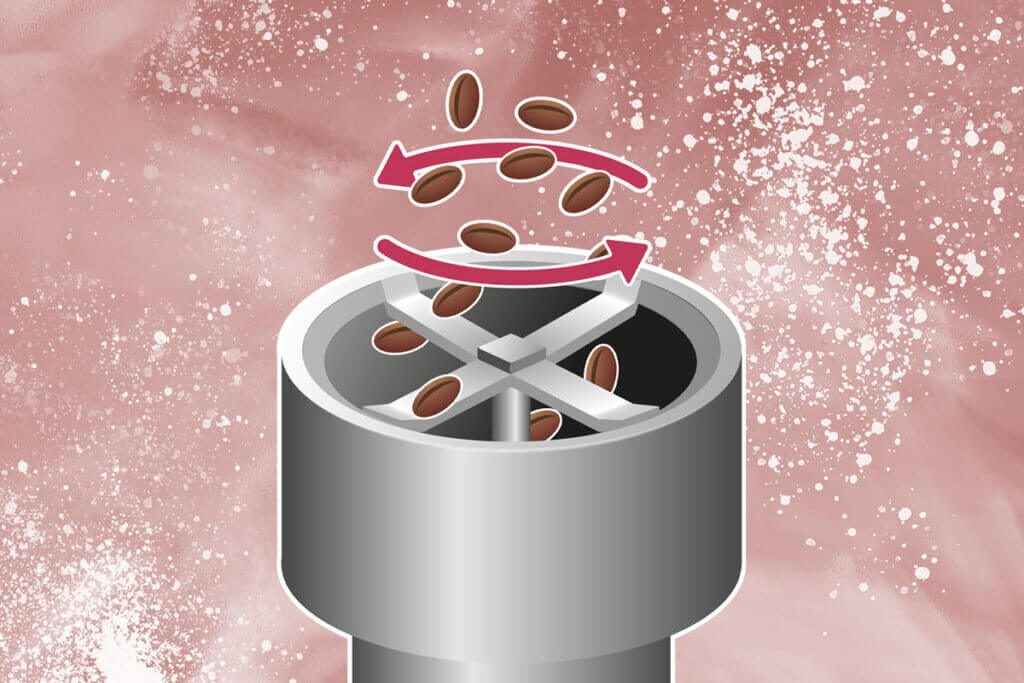
Because of these disadvantages, impact grinders are being used less and less. A coffee grinder with a percussion grinder is therefore only suitable to a limited extent as an introduction to do-it-yourself grinding, but it is always attractive due to the very low purchase price. In addition, you can also grind other raw materials, such as nuts or seeds, in such an impact grinder. These models are therefore a good choice for trying them out.
A coffee grinder with an impact grinder is not suitable for processing espresso beans, as it does not grind the beans finely enough. However, we advise coffee enthusiasts who have already used a grinder with a different grinding mechanism not to buy one.
Pro points
- Very cheap to buy
- Grinding of other raw materials possible
Drawbacks
- Uneven grinding results
- Impairment of taste possible
- Only suitable for beginners
- Not suitable for espresso
The roller grinder: gentle, but not suitable for home use
With a roller grinder, also known as a long chamber grinder, two grooved rollers crush the coffee bean instead of grinding it. The two rollers are of different sizes and rotate at different speeds. This is the gentlest processing method, which protects the flavours most effectively. These devices are very expensive and not widespread in the consumer segment. In some cases, more than two rollers are installed and cooled during operation to enable fast yet gentle processing.
Should I choose a ceramic or a steel grinder?
Ceramic grinders have a high resistance to wear, which makes them particularly durable. The grinding process is extremely quiet, which is why they are very popular for continuous use, for example in open-plan offices. Both advantages are also reflected in a high purchase price compared to steel grinders. Another advantage of ceramics: unlike metals, you can use hot water for cleaning without fear of rust. Steel or stainless steel grinders also deliver very good results. A positive aspect is the relatively low purchase price. A disadvantage is that the grinder material will show signs of wear over time. In addition, the grinding process is somewhat louder than with ceramic grinders.
Ceramic grinder
- Good grinding results
- No wear to worry about
- Comparatively quiet
- Higher purchase price
(Stainless) steel grinder
- Good grinding results
- Long-term wear possible
- Comparatively loud
- Lower purchase price
After the purchase – useful tips for perfect coffee enjoyment
After the purchase, it is important to find the perfect preparation method for your personal favourite hot beverage. We provide useful tips to help you on your way to becoming a barista.
Choosing the perfect grinder
No matter which model you have chosen: After your first grinding attempts, you may notice that the preparation method has a decisive influence on the taste of the stimulating hot beverage. With most electric coffee grinders, you can select the grind level according to your needs.
Fine grind: for espresso
You should pay attention to a particularly fine grind if you use a portafilter machine to prepare espresso. The water or steam has only a very short contact time with the fine espresso grounds. The water is forced through the powder at high pressure. To ensure that enough aroma is absorbed, it is very important that the contact area is as large as possible. The very fine grounds consist of many particles and ensure aroma transfer in this way.
Medium grind: for filter coffee
Medium-grind coffee grounds are best suited for making filter coffee. Due to the relatively long contact time, sufficient aromatic substances are released for a full-bodied hot drink. It can be prepared either by hand or in a coffee machine. The disadvantage is that the paper filter may hold back some aromatic substances.
Coarse grind: for French press machines
When brewed in a Frech Press, also called a French press machine, the coffee grounds have prolonged, direct contact with the brewing water. Only the pressing down of the sieve prevents coffee grounds from ending up in the finished beverage. Here, too, the coarse texture is an advantage. The trick is that oils and aromas are optimally absorbed into the brew.
Cleaning
When coffee beans are ground, oil escapes and becomes rancid over time. This has a negative impact on the taste. Coffee residues also reduce the grinding efficiency. That is why it makes sense to clean the coffee grinder and especially the grinding mechanism regularly.
To do this, you can use special cleaning granules that you grind through the grinder just like the beans. These granules absorb dirt residues as well as oils and ensure that you then benefit from a flawless taste experience again.
Rice and spelt as home remedies
If you do not have any special cleaning granules at hand, you can try cleaning the grinder by grinding cereals such as rice or spelt. This binds oils and thus also ensures a cleaning effect. But beware: these grains are harder than coffee beans and may cause damage to the grinder if used regularly.
Alternatively, you can check the instruction manual to see if the grinder can be easily disassembled. Note that some models will subsequently require recalibration of the spacing in the grinder to determine the grind. Another very simple cleaning measure is to use a brush or a suitable nozzle of the hoover.
Opinions differ on the question of how often you should clean your coffee grinder to obtain acceptable grinding results. On the Internet, you can find guides that recommend a cleaning cycle between weekly and annually. Generally speaking, the darker the coffee beans you use, the higher the proportion of oil they contain is likely to be. The more oil that escapes, the more often you should clean. A rule of thumb from roastmarket is that you should clean after no more than 15 kilograms of ground beans to maintain excellent sensory quality.
How do I store ground coffee for long-lasting aroma?
The three most powerful aroma killers include draught, light and heat. Ground coffee that sits open for a long time loses its aroma most quickly. You should also avoid direct sunlight and heat. As mentioned, it is advisable to grind the coffee beans fresh – ideally before each brewing process. It is also advisable to store them in an airtight container, such as a coffee tin. Ground coffee stays fresh for about seven days at room temperature. If stored in the refrigerator, the freshness lasts about twice as long. When frozen, ground coffee retains its aroma three to four times as long.
Can I also grind nuts or cereals with a coffee grinder?
Here the answer is: yes, you can, but you should refrain from doing so. Coffee enthusiasts only use their grinder for grinding fresh coffee beans. When grinding nuts, residues such as oils and flour settle in the grinder. You cannot remove these easily. Grinding coffee afterwards would adulterate the taste of the hot beverage. Nevertheless, there are universal grinders that can cope with many raw materials such as grains, nuts and beans. However, we do not recommend these products for the sole purpose of grinding coffee beans.
Popular brands
Bodum | Rommelsbacher | Clatronic | AEG | Baratza | Braun | De’Longhi | Krups | Mahlkönig | Moulinex | Melitta

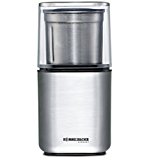
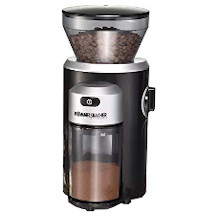
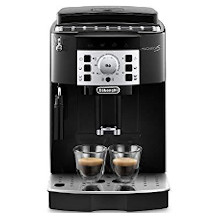
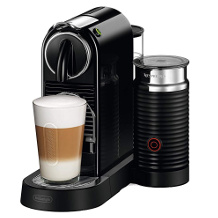
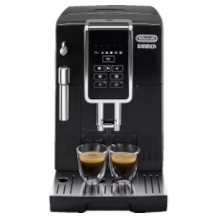
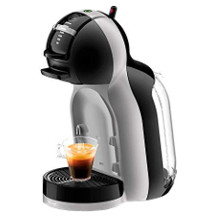
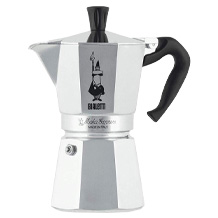



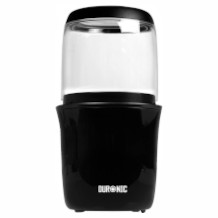
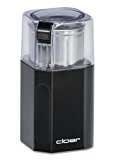
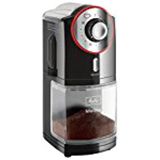

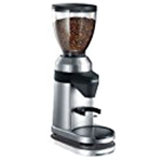
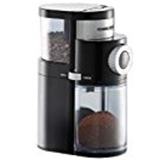
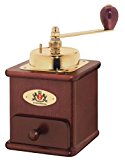





 1,710 reviews
1,710 reviews

